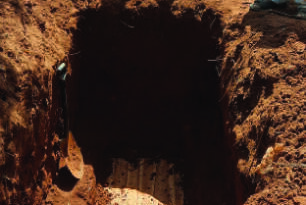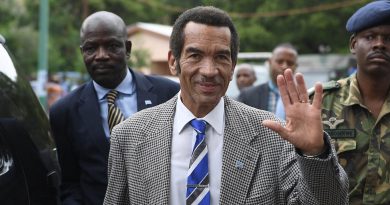What Happened In Mozambique?
Since the October 9 elections, the declaration of the ruling Front for the Liberation of Mozambique (Frelimo) presidential candidate Daniel Chapo as the winner has sparked intense discontent. According to the National Election Commission (CNE), Chapo received 71 percent of the vote and Mondlane, an independent candidate, received 20 percent.
Yet even the CNE admitted to “several irregularities”, leading the Constitutional Council to review the election’s integrity.
A steady wave of clanging began. Residents in affluent high rises and inner-city apartment blocks alike joined in a coordinated chorus of a pot-banging protest.
Known as a “panelaco”, this form of protest has emerged as a powerful way to voice frustrations over Mozambique’s disputed general election results, allowing citizens to express dissent without facing the immediate risk of police retaliation. The clatter and clang echoed across the city’s skyline, marking the start of what would become nightly expressions of frustration, uniting residents across class divides.
Since the October 9 elections, theoutright rejected the results and proclaimed himself the legitimate winner. Days later on October 19, his attorney Elvino Dias was assassinated, further intensifying public anger over the election results, which many voters do not believe. Dias, a pivotal figure in the legal team challenging the official results, was preparing a case alleging electoral fraud.
*‘Voice of the voiceless’*
Over the ensuing weeks, Maputo witnessed a series of protests — pot-clanging shows of dissent at night but also calls from Mondlane urging demonstrators to shut down economically vital locations, from Maputo to provincial capitals, ports and key borders.




